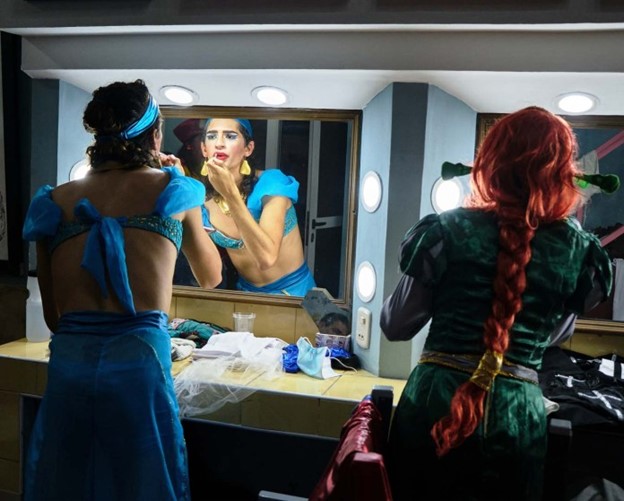
Text and Photos by Nester Núñez (Joven Cuba)
HAVANA TIMES – That night, the flocks of birds were more agitated than ever in Vidal Park in Santa Clara. It was an early Friday in 1994, and the Camilo Cinema had just shown the film Strawberry and Chocolate. I remember leaving, almost dragging my backpack, my emotions stirred. The embrace of Diego and David and the music of Jose Mar1a Vitier still moved me.
The atmosphere in the covered walkways and the park was lively. People passionately discussed the scenes, laughing, and I noticed someone wiping away a tear. The train to Matanzas was delayed, and with nothing more interesting to fill the time, several university friends and I followed the crowd like zombies, not knowing where they were going. We ended up at El Mejunje.
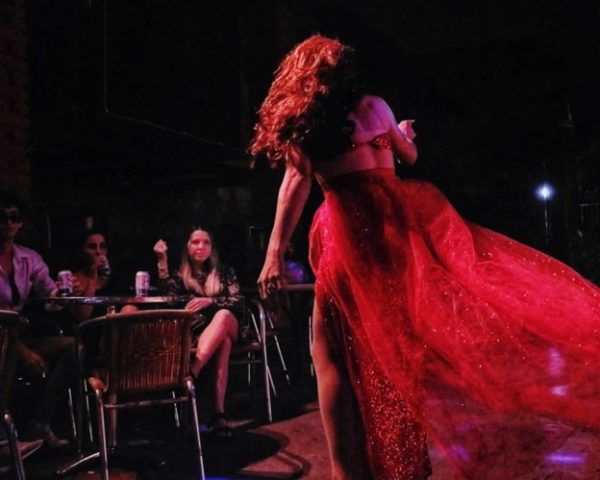
I had heard mixed things about El Mejunje. Some said it was a dive, others praised its excellent trova music, and some mentioned it was a hangout for homosexuals and lesbians. That was enough to make me enter with a few alarms activated, especially when I saw two men, bearded and mustached, kissing. I smiled, not out of scandal but out of nervousness. I was 18 years old; it was a world different from what I was used to seeing on the streets. Then the show started. Some overly made-up women in extravagant dresses imitated international artists with cheesy and exaggerated gestures—I didn’t like it at all. I left El Mejunje without knowing that it was a drag show. It was a time of changing mindsets amid the great economic crisis.
“The first transformism show at El Mejunje happened in 1992. It was a tribute to Freddie Mercury, a significant event because Silverio and the management of El Mejunje opened a door at a time when there was a lot of homophobia and transphobia in this country, and even transformism was codified and penalized. That’s the value it has; for the first time in an institution, they dared to put on that show, but it’s not the cradle of transformism. In reality, it’s one of the cradles.”
The speaker is Kiriam Gutiérrez, a trans woman, activist, and renowned actress. More than thirty years have passed since that time at El Mejunje, but to be honest, I don’t feel that I’ve managed to understand the essence of transformism as art. However, Kiriam sets aside my trivial question and begins to tell the history of this movement; something, I agree, much more necessary.
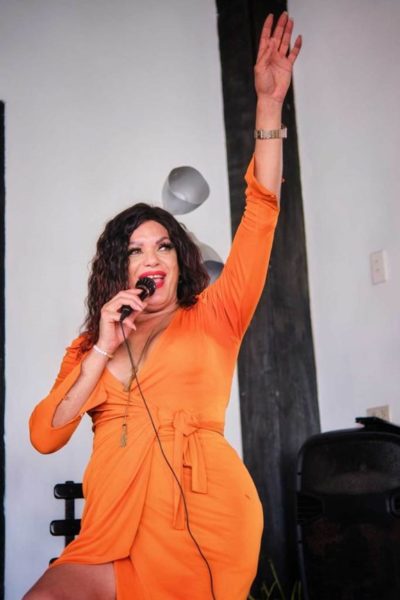
“In Havana, for example, the house of Anaya opened in 1986, and it lasted until around 1988 or 1989… It’s something that shouldn’t be forgotten. In fact, the first generation of transformists was born there, at Anaya’s house. Then there was La Güinera, about which a very beautiful documentary called Mariposas en el andamio (Butterflies on the Scaffold) was made…”
“Even before 1992, there were transformists who joined the fashion group Avances (Advances), led by Raul Castillo, to perform at campgrounds like Las Caletas, Los Cocos, Puerto Escondido… Supposedly, they were comic actors, but they weren’t; they were transformists who mixed with fashion and the runway. What happened was that, institutionally, they passed as comics, but no, it was transformism they were doing.”
Norge Espinosa joins the conversation with his knowledge of the performing arts and the world. We’re sitting in the shade, on a terrace in Havana, but as he speaks, I recall my small world as a university student, the boots I wore, my hair starting to grow out, the hunger and the blackouts. After studying, there was no energy left to travel from the university to the city, much less when, upon returning in the early morning, I’d have to walk nearly 10 kilometers. So, we resorted to drinking bad alcohol at the student club, dancing if you knew how, or sitting in any garden to chat with a guitar. The amateur artist movement was strong but seasonal. Most of us students were isolated, unaware of the many different realities that existed beyond our walls.
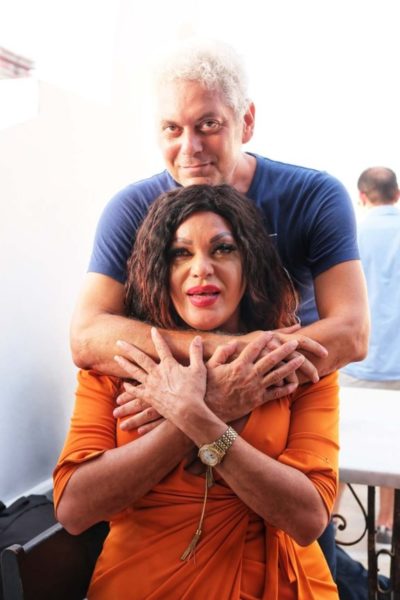
“The figure of the transformist didn’t exist within artistic evaluations; there were actors who were comedians, musical performers, and El Mejunje managed to make the existence of transformists visible while also highlighting the people with HIV/AIDS, who were confined to the Santa Clara sanatorium, the second one opened in the country, and who had no space outside that place to perform their artistic interpretations,” says Norge.
“In that first period of treatment, when people were diagnosed with the virus, they disappeared from public view, and suddenly, no one knew what happened to them. It was through cultural action that these people managed to go out to El Mejunje on some weekends. They performed small monologues, sketches, and little by little, the figure of the transformist appeared. In fact, the first company that El Mejunje had, Compañía Futuro (Future Company), with Samanta William Fox as the presenter, was made up of people who came from the sanatorium and who found a state of rehabilitation that went beyond health rehabilitation. They returned to reality and social life thanks to transformism.”
“A little different from Havana, because within Havana’s Los Cocos sanatorium, those transformist people managed to put on their shows, celebrate Valentine’s Day, collective birthdays, September 28…,” says Kiriam. “And very importantly, top-tier figures would come: Annia Linares, Rebeca Martinez, Mirtha Medina, Lourdes Torres… There was a very strong, very brave movement in the sanatorium, somewhat different from what happened in Santa Clara.”
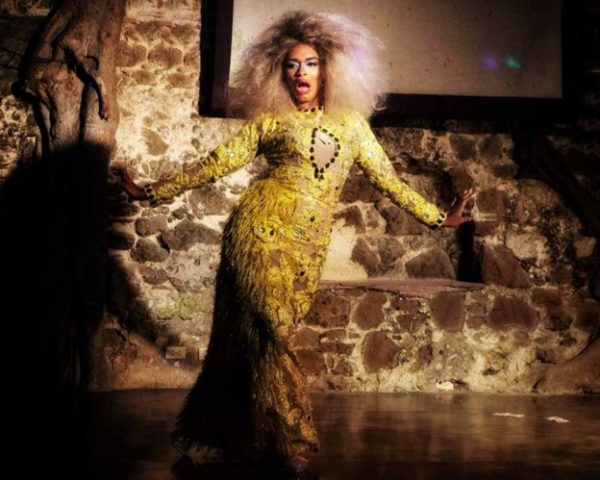
At that time, I was constantly traveling between Santa Clara and my hometown, M


